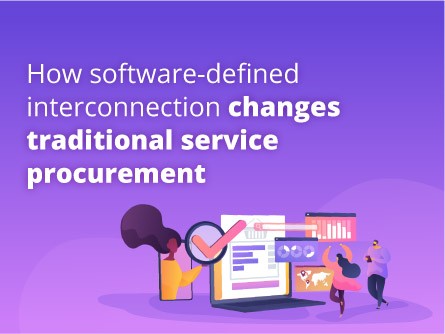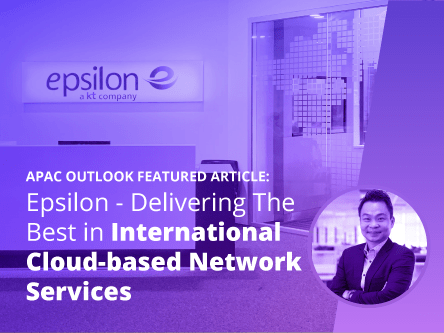The past few dramatic months of 2020 have witnessed skyrocketing surges in network demands. Even before this, digital transformation in global software development had already been driving the need for consistent and high-performance networks.
With the added strain of business lockdowns, the world has migrated so much activity online. This results in carriers struggling to keep up. It is clear the current situation looks set to stay or even accelerate. Yet, the traditional way for carriers to procure and provision more network resources is proving to be a bottleneck.
But traditional procurement was working well!
The problem for carriers now is not the lack of bandwidth capacity to be procured for their corporate customers. Rather, the issue is with the now-frequent and sustained spikes in demand for bandwidth as major of the world are now working from home.
From reduced mobile broadband download speeds to Netflix content quality adjustments to poor video-conferencing audio and video quality, the cumulative effect of surges in streaming across all time zones has had carriers rushing to procure network upgrades.
The traditional procurement has worked fine for carrier. Just factor in a few days of delay while network partners manually provision more resources according to the sales contract. Get through the paperwork, wait time and manual settings configurations and voila!
Sometimes these rigid contracts and exclusivity clauses may get in the way of a carrier’s flexibility in upgrading network services at the best rate. It is a given with the vendor lock-ins tied to the traditional hardware-based ethernet paradigm.
However, the reality is that all such delays and rigid restrictions are now toxic in the “new normal”. Every day of delay can translate into precious lost opportunity and revenue in the challenging global climate ahead. Unnecessary costs and compromises in service excellence almost always result in reputational damage. What previously “worked well” simply isn’t good enough now.
Welcome to Software-defined Networking
It is often said that “change is never painful—only the resistance to change hurts.” For whatever corporate reasons that carriers have not moved away from hardware-based networking, the traditional approach had sufficed.
- Self-service friction-free resource management
Look for click-to-order interface powering many of the world’s most popular services and technology appliances. For example, Epsilon’s SDN platform Infiny offers a gateway to not just extra bandwidth, but also interconnection to a huge array of data centres, internet exchanges (IX) and public cloud services worldwide. - Champion of Network Automation
A partner that was built from the ground up to provide hyperscale cloud-centric connectivity will have a carrier’s interests at heart. The benefits of adopting SDN also extend to more efficient workflows and network automation. These are the basic ingredients of business agility and customer obsession. - Standards-based carrier-grade service
Choose a network partner that is itself an agile and responsive business. It should be recognised by industry standards, such as having the Metro Ethernet Forum (MEF) certification, and a carrier-grade network architecture that is continually expanding and reaching outwards.
Connectivity providers at every level need to up their game to meet this massive upswing to power the world’s quick economic recovery. In the process, this sector also needs to transform itself by abandoning outmoded traditions in favor of software-defined approaches.







